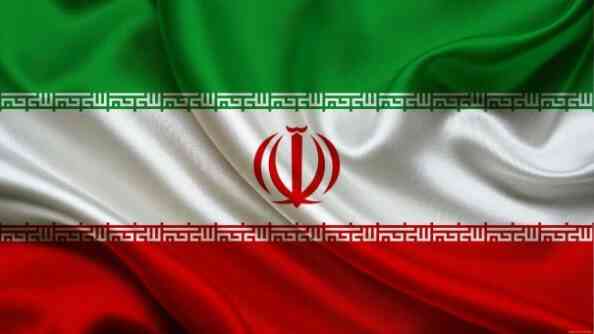Iran — ancient Persia, a country on whose territory an unimaginably huge number of architectural and historical monuments are located. To come here, you need to take time to study local customs and traditions in advance, since this state is very conservative. Of course, this is not Egypt with Turkey, there are few tourists here, but those who dare to climb here are rewarded by the fact that they can see beauty that is inaccessible to most.
Interesting facts about Iran
- This country is the safest in the region. There have been no hostilities on its territory for about 30 years.
- Iran ranks third in the world in terms of the number of preserved historical and architectural monuments, second only to Egypt and Italy in this indicator (interesting facts about Egypt).
- Iran is the heir and successor of the Persian civilization, so the history of this country has more than 5 thousand years.
- Before the Arabs conquered Persia, the locals professed the oldest religion in the world – Zoroastrianism. There are also fire worshipers and their temples in modern Iran: for example, in Yazd you can see a sacred flame that has not been extinguished for more than 7 centuries.
- In Iran, women live better than in other Muslim countries. They cover their hair, but leave their face uncovered, they can drive a car, work, hold leadership positions and be elected to parliament. In addition, 60% of the students of Iranian institutions are the fair sex.
- The largest deposits of turquoise on the planet were discovered in Iran.
- In Iran, 3 calendars are used at once – Iranian (developed with the participation of Omar Khayyam), Islamic and Gregorian. In accordance with the first, it is now 1396, with the second – 1439, and with the third – 2018.
- It is here that the best Persian carpets in the world are produced. About 2 million Iranians are involved in the manufacture of carpets in one way or another.
- The Persian scientist Ibn Sina, known to Europeans as Avicenna, made many discoveries, without which it is impossible to imagine modern medicine – for example, infectious diseases, pain relief and much more. According to his works, medical students were taught in Europe until the 19th century, although the healer himself died in 1037.
- Iran has the world’s largest treasure vault full of amazing things. Priceless products are placed in the special storage of the Iranian Central Bank in Tehran, but tourists are allowed there during the allotted hours. Here you can see a huge pink diamond, headdresses of shahs, a globe made of gold with continents made of precious stones, as well as a throne studded with priceless gems.
- Iran is the world leader in pistachio production. Pistachio plantations occupy 20% of all agricultural land in this country. Pistachios are one of the most important Iranian exports, surpassed only by carpets.
- The samovar, brought to Persia from Europe about 2 centuries ago, has become an integral part of Iranian culture. Iranians are so attached to these utensils that they most often consider samovars to be their own invention.
- Tourists in Iran have a hard time – almost none of the locals speak English, and even in the capital, inscriptions are made only in Farsi.
- The most expensive black caviar in the world is white. This is an albino beluga caviar, which is produced in Iran and costs about 35 thousand dollars per kilogram.
- A viper lives in the Iranian mountains, on the tail of which there is a growth in the form of a spider. Waving their tail with an imaginary spider on it, the snakes lure birds to them and thus provide themselves with food (interesting facts about birds).
- The Iranian flag repeats the phrase “Allah is great” in Arabic 22 times. Thanks to this, the flag of Iran is considered the leader among all the flags of the world in terms of the number of words inscribed on it.
